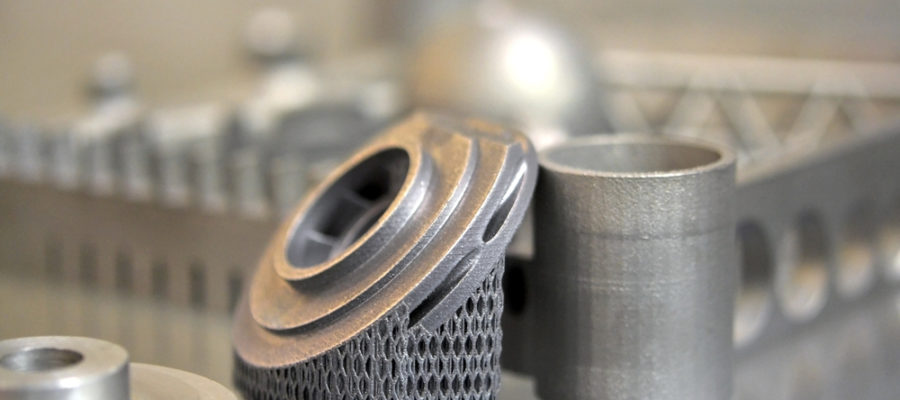It was bound to happen sooner or later. While other business sectors have faced the disruption of digital, online communications and service delivery, traditional manufacturing has remained largely untouched by new waves of technology.
But, having that period of respite from facing the sorts of digital transformation that other sectors have endured might come at a staggering cost.
The bringer of change in manufacturing, 3D printing technology, has the potential to introduce seismic shifts in the sector. Changes not only to manufacturing processes but to supply chains, manufacturing business models and the competitive landscape. The 3D printing effect on manufacturing is grand, and it’s not stopping any time soon.
The 3D Printing Effect on Manufacturing
3D printing technology is also known as additive manufacturing. More than just another name, “additive manufacturing” defines one of the foundational changes to manufacturing brought about by 3D printers.
Manufacturing Methods – Additive Manufacturing vs Subtractive Manufacturing
Current manufacturing processes are predominantly built around subtractive manufacturing, where raw materials are refined into a finished product. Conversely, additive manufacturing adds material to create a finished product.
The immediate implication of shifting processes to additive manufacturing is the material cost savings due to less material waste.
When you consider that all subtractive manufacturing machinery, processes, and supply chains are disrupted by 3D printing, you see just how fundamental the transformation must be.
Everyone’s a Competitor
For decades, all manufacturing was handled by manufacturers. But additive manufacturing puts the power of manufacturing on every desktop in the world. Manufacturers’ competitive playing field just became multi-dimensional.
Innovation, Customization, Speed, Location and Intellectual Property
These are among the new areas in which manufacturers are expected to compete. The faster you can innovate, offer customized product iterations, manufacture as close to your markets as possible and keep control of your ideas, the better you will be able to compete in additive manufacturing.
If you found this post helpful and would like to learn more about 3D printers, check out our post “The Best 3D Printer for Product Development and Designers”.
